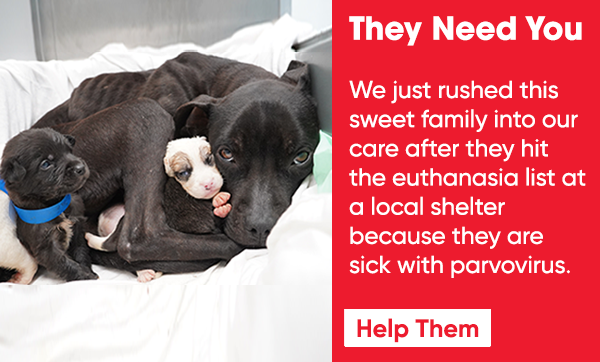It’s important to understand the importance of weight control for maintaining a happy and healthy cat. After all, we want our pet companions around as long as possible. Today, more and more cats are living a life indoors. That’s good in that indoor cats simply live longer than their outdoor counterparts. However, indoor cats tend to lead more sedentary lives, which predisposes them to gaining unhealthy weight. The excess weight leads to diseases such as diabetes and arthritis. Many of us just tend to like the look of big, fat cats. (Guilty as charged!) Unfortunately, “big” and “fat” do not always mean healthy.
So what can we do? First, we need to assess objectively if our cats are overweight. The same criteria apply as for dogs. Can you feel, but not see, all the ribs? Can you see a healthy (not extreme) waistline? Veterinarians use charts like this one to assign a body condition score to each patient. Where does your cat fit in? If you have any doubts or concerns, see your veterinarian.
An important aside: Many older cats tend to be underweight. There are several common reasons for weight loss in older cats, most of which are completely addressable if diagnosed early. So if your cat (or dog!) is underweight, see your vet as soon as possible.

